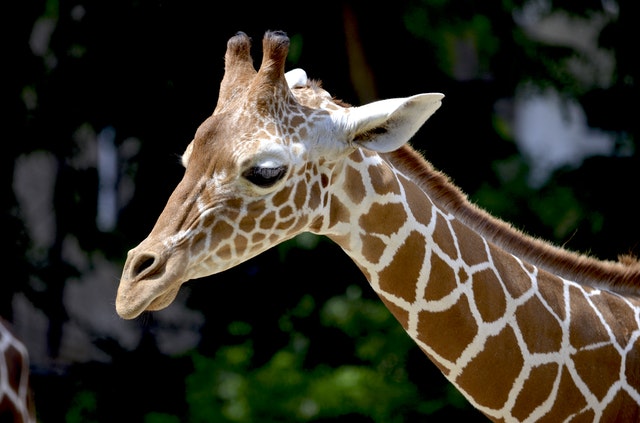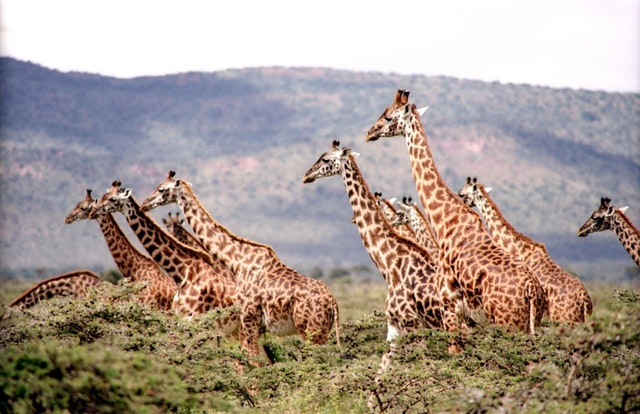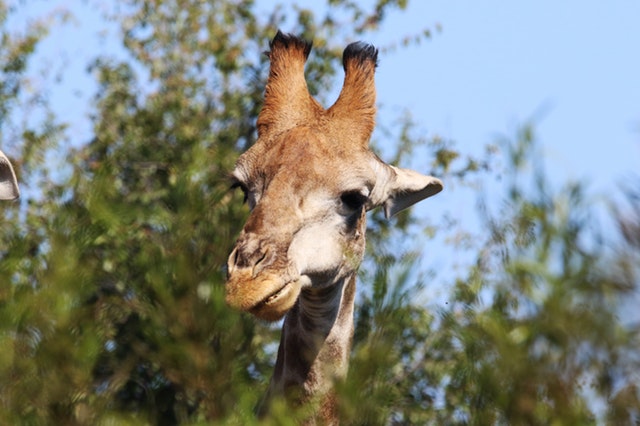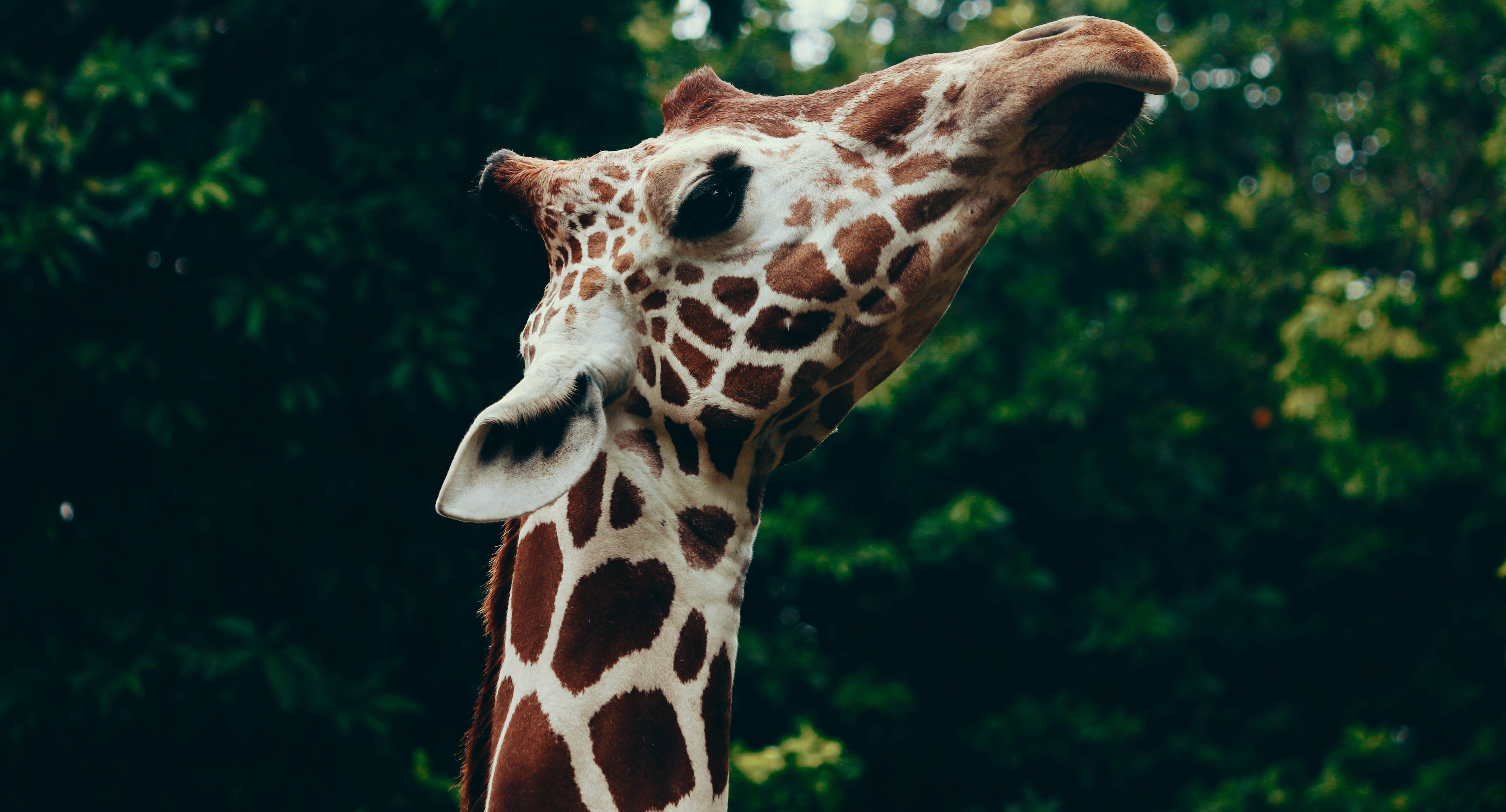Conservation

Giraffes were probably common targets for hunters throughout Africa. Different parts of their bodies were used for different purposes. Their meat was used for food. The tail hairs served as flyswatters, bracelets, necklaces and thread. Shields, sandals and drums were made using the skin, and the strings of musical instruments were from the tendons.
In the 19th century, European explorers began to hunt them for sport. Habitat destruction has hurt the giraffe, too: in the Sahel, the need for firewood and grazing room for livestock has led to deforestation. Normally, giraffes can coexist with livestock, since they do not directly compete with them.
In 2017, severe droughts in northern Kenya have led to increased tensions over land and the killing of wildlife by herders, with giraffe populations being particularly hit.

Aerial survey is the most common method of monitoring giraffe population trends in the vast roadless tracts of African landscapes, but aerial methods are known to undercount giraffes. Ground-based survey methods are more accurate and should be used in conjunction with aerial surveys to make accurate estimates of population sizes and trends.
In 2010, giraffes were assessed as Least Concern from a conservation perspective by the International Union for Conservation of Nature (IUCN), but the 2016 assessment categorized giraffes as Vulnerable. Giraffes have been extirpated from much of their historic range including Eritrea, Guinea, Mauritania and Senegal. They may also have disappeared from Angola, Mali, and Nigeria, but have been introduced to Rwanda and Swaziland.
Two subspecies, the West African giraffe and the Rothschild giraffe, have been classified as endangered, as wild populations of each of them number in the hundreds.

In 1997, Jonathan Kingdon suggested that the Nubian giraffe was the most threatened of all giraffes; as of 2010, it may number fewer than 250, although this estimate is uncertain. Private game reserves have contributed to the preservation of giraffe populations in southern Africa. Giraffe Manor is a popular hotel in Nairobi that also serves as sanctuary for Rothschild's giraffes. The giraffe is a protected species in most of its range.
The giraffe is the national animal of Tanzania, and is protected by law. Unauthorised killing can result in imprisonment. The UN backed Convention of Migratory Species selected giraffes for protection in 2017.
In 1999, it was estimated that over 140,000 giraffes existed in the wild, estimations as of 2016 indicate that there are approximately 97,500 members of Giraffa in the wild, down from 155,000 in 1985, with around 1,144 in captivity.
